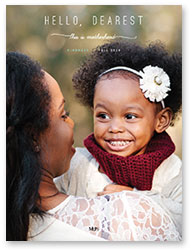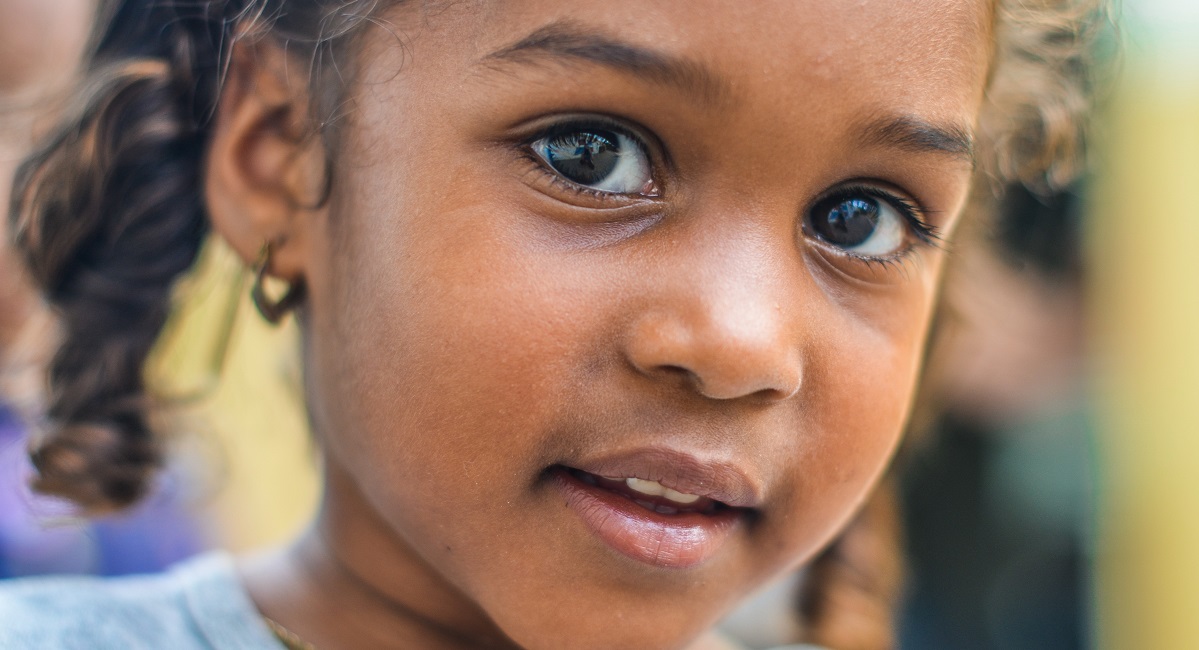Contact Us
Recently, CNN’s coverage of a tragic shooting was suddenly interrupted … by another tragic shooting. Sometimes it seems that violence and tragedies are happening so fast that even 24-hour news networks can’t keep up. Interestingly, the data shows that the incidence of violent crimes per capita – in almost every region of the country – is at its lowest point in decades. It’s hard for most of us as parents to figure out what’s happening. Yet it is one of our primary jobs to interpret life to our children without conveying the world as either more ominous or lovelier than it actually is.
By the time our children are 18 years old, they should have an accurate view of the world, with all its wonder and pain. The question of how soon to expose kids to that balance is as complex as it is simple. Part of what makes it complex is that there is no “right answer” to this poignant question. It is simple because, if you are listening right, your child will tell you what he or she is ready to hear. With the goal of your child having a well-rounded global perspective, there are two principles that can guide you:
First, how we love, discipline and speak to our kids must evolve as they grow up. That principle applies to world news as well. How we talk about a terrorist attack to a 4-year-old is very different from how we would talk to a 14-year-old. Take the most recent attacks in Orlando or Dallas; speaking to your elementary-aged child might sound like this: “What happened in both of these cities was very sad. The person who decided to attack all those people had a lot of hate in their heart. Know that our country will try to find how to keep this from happening again.” Speaking to your adolescent would be different and might sound like this: “What do you think about that shooting in Dallas? Are people talking about it in school? What is your opinion about why something like that happened?” If your child’s answers are even close to accurate, just tell them that you think they have a good grasp of the problem. If they are way off, offer a narrative that brings their understanding closer to how you understand it to be.
Second, how we talk to our child will depend on the child, not necessarily their age. Let’s over-simplify this concept to make the point: Imagine that you had a goal for your child (and it would be a good one) to learn to see the proverbial “glass” as half full and half empty at the same time. For a child who naturally sees the glass as half full, you would need to remind them that it is also half empty. But for a sibling who always sees the glass as half empty, that child would need to be reminded that it is also half full.
The world is like the glass, half full of love, generosity, kindness, sacrifice and belonging. At the same time, it is half empty with rage, hate, bullying, selfishness, violence and loneliness. In light of those conflicting truths, what do you tell your child when they get to a certain age? You say what is necessary so that child grows up aware that both realities are true. This requires that parents – over and over – re-invent their strategies for each child. If one child sees the world full of disease and violence, remind her how much good and hope is present. If another child sees the world as Pollyanna – gently remind him that the world can also take cruel and unsuspecting turns.
One final encouragement: For many parents, your greatest guide will be your child. If you pay close attention, your child will let you know when they are ready to process some of the world’s darkness by asking questions. For the most part, children don’t ask questions when they aren’t developmentally ready to handle the answer.
With regard to your 4-year-old, you can relax. You have many years ahead to teach her a global perspective. As your children get older, travel with them, ask them about human and natural tragedies, and support their insights wherever and whenever you can. Teach them that for every calamity, a hero will emerge; and every hero will someday face a calamity. Idealism and hopelessness can both weigh people down – because the truth usually lies in the middle.
Michael W. Anderson is a Licensed Psychologist who has spent 30 years studying the way kids grow up. His inquisitive nature and unusual perspectives have resulted in insights that are refreshing, thought-provoking and unique.
Timothy D. Johanson, M.D. is a Clinical Associate Professor of Pediatrics at the University of Arizona with a commitment to children’s health. With 25 years of general practice with a focus on behavioral disorders, he has observed an alarming rise in stress in children and confusion around how to parent in ways that prepare children for adult life.

This article originally appeared in the Fall 2016 issue of Hello, Dearest. If you didn’t get a copy and would like your own, you can subscribe to get Hello, Dearest in your mailbox every season. If you subscribe, forward your receipt to magazines@mops.org and we’ll shoot a copy of the current issue in the mail to you for free … just because we like you.
